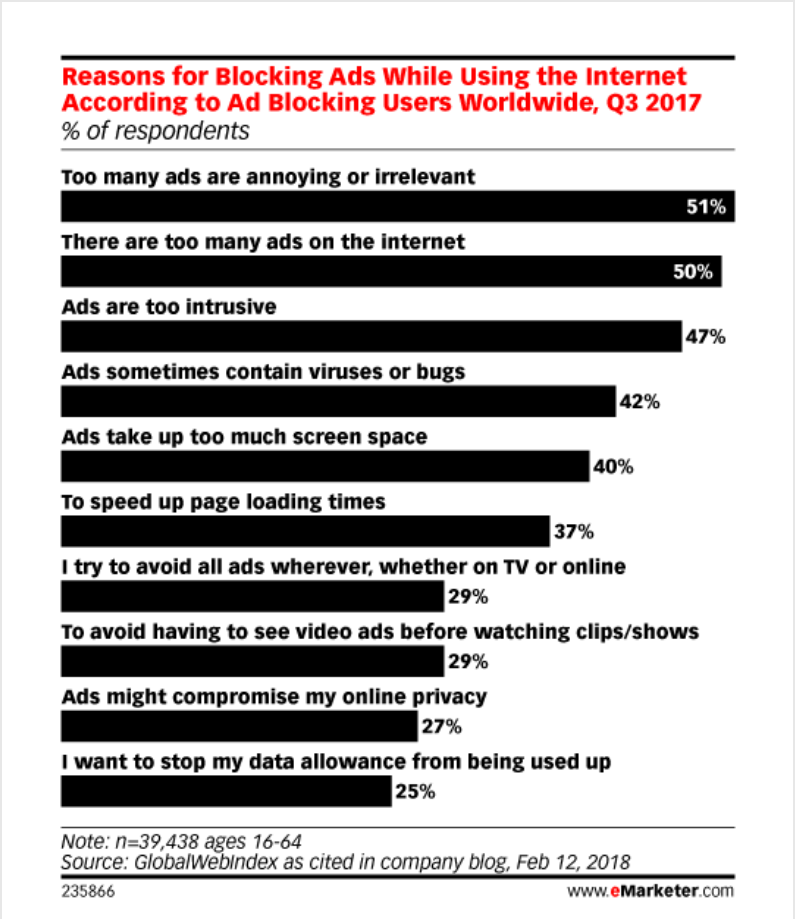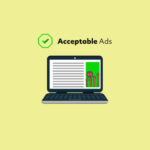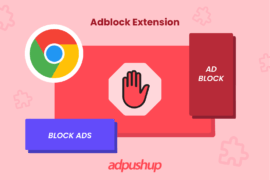From August 5th, 2020, Chrome will begin blocking intrusive ads on short-form videos. This will be in accordance with the Better Ads Standards.
Chrome is set to start blocking intrusive ads in short-form videos from August 5th, 2020. Google will be implementing this update in accordance with the Better Ads Standards.
Improving user experience and user privacy has been the central focus of Chrome updates in the last few months.
Chrome recently decided to freeze user-agent strings, a move that will inhibit publishers from fingerprinting their website users. Google also implemented the SameSite cookie update in February, 2020 which makes labelling cookies mandatory, thus protecting user privacy.
A lot of the updates have been introduced after receiving feedback from online users.
One such feedback was the intrusive nature of ads within short-form videos. Ads have often been at the forefront of issues that deteriorate user experience. In April, 2018, eMarketer published findings from a survey conducted among internet users from the US.

Some of the findings of the survey included:
- 71% of respondents agreed with ads being more intrusive than they were three years ago
- 74% agreed with seeing more ads overall
- 79% believed ads are appearing in more places than they would want
Since the majority agreed with ads becoming more frequent and more intrusive, it is only natural that they are looking for ad blocking solutions.
What Kind of Ads Will Google Exactly Block?
According to Better Ads Standard and Google, short-form videos should be 8 minutes or lesser. There can be many different kinds of ads that can be included within these videos.
However, here are three major kinds of ads that users find particularly intrusive.
- Long, non-skippable pre-roll ads:
These include ads that play before the beginning of a video. They may have one or more ads but the combined length always comes up to 31 seconds. These do not allow users to skip the ad(s) within the first 6 seconds. Often known to cause a lot of disruption to user experience.

- Mid-roll ads:
These are ads that appear any time in the middle of the video. Sometimes, there are one or more mid-roll ads in a short-form video. These have been termed as extremely intrusive because they interrupt the user especially when they are immersed in a video.

- Image or text ads:
These are large, static/animated, and non-linear ads that appear on a video. These have two criteria of display. They either cover more than 20% of the video or are placed in the middle of the video if it was divided horizontally into three sections.

How Did the Coalition for Better Ads Define this?
The decision on these intrusive ads was taken after surveying 45,000 consumers from 8 countries. These countries were specifically selected for their collective 60% contribution to global online advertising spending.
“Although the growth of ad blocking has slowed down in recent years, the industry still has a long way to go to ensure that the ads they serve are relevant and enhance consumers’ online experience. The new Standard for video ads is a positive step forward, following the Better Ads Standards and the work the Coalition and its members are doing globally and locally.”
Stephan Loerke, CEO of the World Federation of Advertisers (WFA)
According to the Coalition for Better Ads, a move of this nature encourages people to stop using ad blockers. Ever since they started implementing standards, ad blocker installation rates have significantly declined in North America and Europe.
What Will Happen to YouTube?
Just like other websites that feature video content, YouTube will also follow suit. In the next four months, YouTube’s ad display policies within short-form videos will be revised in accordance with the standards.
What Should Publishers Do About This Update?
Google has provided time to publishers to stop showing these ads to their visitors. The amount of time provided to implement these changes is 4 months. From August 5, 2020, if any publisher is still showing these disruptive ads to their visitors, Google will automatically ban them. This is applicable for all countries.
Further, Google will update its other set of tools including Ad Manager in accordance with these standards.
Publishers can review their site status in the Ad Experience report. This report helps publishers in understanding if they are violating any ad standards according to Chrome’s policies. The requirements for analyzing the update in the report has already been updated by Google in February, 2020.
Are you a publisher losing a significant amount of your revenue due to ad blocking? Contact AdPushup today for our AdBlock Recovery technology.

Shubham is a digital marketer with rich experience working in the advertisement technology industry. He has vast experience in the programmatic industry, driving business strategy and scaling functions including but not limited to growth and marketing, Operations, process optimization, and Sales.







